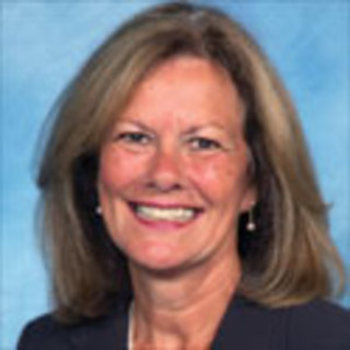Note: This article will be peer-reviewed for ASHA CEUs. If you are interested in receiving ASHA CEUs, be sure to check back.
Overview
Hearing loss involves more phenomena than loss of sensitivity and loss of dynamic range. The loss of temporal and spectral resolution, which form part of sensorineural hearing loss, are fundamental barriers to hearing and understanding that cannot be overcome with current hearing instrument technology. The best solution to resolve understanding difficultiesin noise or over distanceis to use a wireless transmission from the source to the ears. Delivering a signal that is as "clean" as possible, offers the ears and the brain the best chance for speech understanding. This is why FM systems are considered a cornerstone in the revalidation of hearing loss in children, and more and more adults are discovering the benefits of wireless communication with the advance of FM systems optimized to their needs.
A recently developed FM platform (meaning new chip, new software, new algorithms, and new housings)known as Dynamic FM, has created the possibility of new features. The most important ones cover: a further improvement beyond traditional FM of the signal to noise ratio, automatic fitting to different hearing instruments, monitoring by teachers and parents, data logging, and a new approach that replaces TeamTeaching. Products based on the new platform will increase user benefits, ease of use and user comfort, making it likely that FM systems will continue their advance into the practice of audiologists even further, and into the daily lives of children and adults who are hearing impaired.
The Phenomena of Hearing Loss
Sensorineural hearing loss involves at least one of the following phenomena: (1) loss of sensitivity; (2) loss of dynamic range; (3) loss of temporal resolution; and (4) loss of spectral resolution. Medical conditions like balance disorders, tinnitus, or accompanying symptoms that form a syndrome together with the hearing loss, also often occur, but are not within the scope of this article.
Loss of sensitivity and loss of dynamic range are routinely measured with pure tone audiometry and depicted in the pure tone audiogram. Measurement procedures and notation are internationally very similar. Loss of temporal and spectral resolution are not routinely measured. Loss of temporal resolution could be measured (e.g., with a gap detection paradigm), but in clinical practice there is no standard. The loss of temporal and spectral resolution diminishes the chance that the finer details in speech are heard and identified (Hopkins & Moore, 2007). This leads to progressive difficulties in detecting, discriminating, identifying and recognizing soundsespecially consonants (which in many languages carry most of the speech information). First signs may be the systematic confusions of /p/, /t/, /k/; or of /f/, /s/, /θ, or of /m/, /n/, /Å /, as have been reported for instance by M
New Developments in FM Technology
June 15, 2009
Share:
